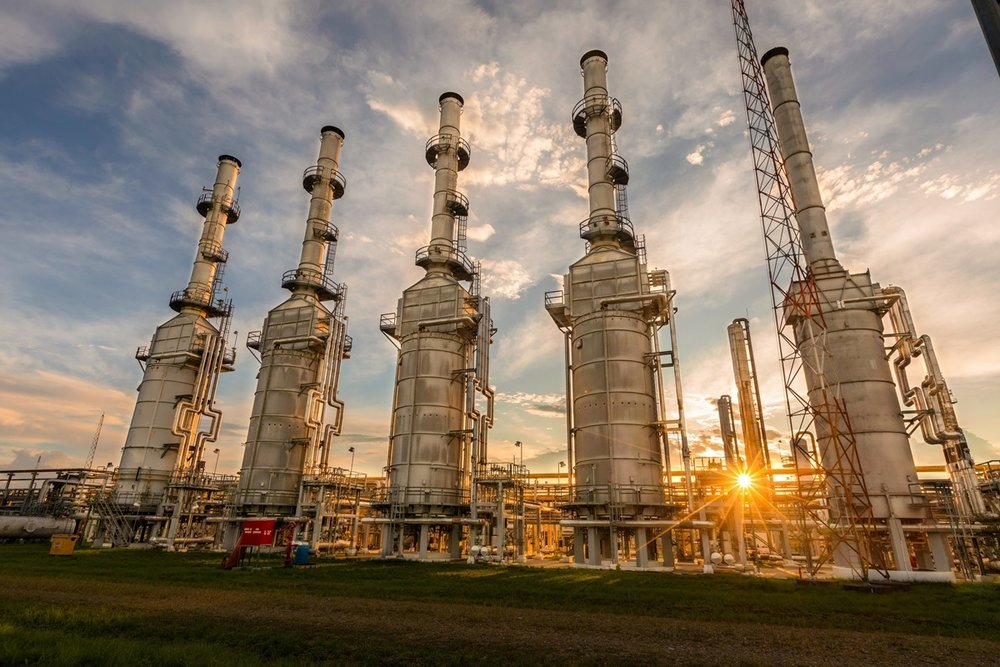
Camisea, the largest natural gas mega-deposit in Peru, located in the Lower Urubamba jungle (Cusco), is celebrating two decades of activity. What has been its impact over time?
Since the start of its operations on August 4, 2004, Camisea’s contribution to the State exceeds S/60,000 million: more than S/15,000 million were generated in income tax payments and S/45,000 million in royalties, one of the highest rates in the region.
The more than S/60,000 million in fiscal contribution is equivalent to the construction of 985 high-performance schools (COAR) that would benefit 295,000 students per year.
The resources generated by Camisea in the last two decades allowed the State to transfer S/30,000 million to the Regional Government of Cusco, in the form of a fee, which is equivalent to receiving S/4 million daily for 18 years.
Likewise, the Cusco province of La Convención received S/13,000 million in royalties. Until 2016, Echarati received, as a producing district, S/3,000 million. From 2017, when the Megantoni district was created, the royalties were transferred to this commune, which has received S/1,700 million.
Camisea Socioeconomic Development Fund – FOCAM
FOCAM contributes to the development of the regions where the pipelines that transport Camisea hydrocarbons are deployed.
Over the past 20 years, the income generated by the gas operation has allowed the State to distribute S/6,000 million in FOCAM funds to the regions of Ayacucho, Huancavelica, Lima (province), Ucayali and Ica.
On the other hand, Camisea has also generated an impact on the Peruvian GDP of more than S/178,000 million, consolidating its position as an important national economic engine, according to the report “Camisea’s economic contributions to Peru between 2004 and 2023” prepared by Macroconsult.
One of the most notable achievements of this operation is the change in Peru’s energy matrix. More than 40% of the country’s electricity is generated with natural gas, which has made it possible to reduce dependence on more expensive fuels.
Camisea currently produces 96% of the country’s natural gas and supplies 70% of the local LPG market. Its accumulated investment since 2001 amounts to S/16,000 million, strengthening and promoting the energy development of the national territory.
Camisea natural gas is present in 10 regions of the country, benefiting more than 2 million homes and more than 3,800 businesses and industries. For this reason, more than 450,000 vehicles use Natural Gas for Vehicles (NGV), and there are more than 340 service stations for this fuel distributed throughout the Peruvian territory.
Source: Larepublica
Alia is a professional author and journalist, working at 247 news agency. She writes on various topics from economy news to general interest pieces, providing readers with relevant and informative content. With years of experience, she brings a unique perspective and in-depth analysis to her work.












